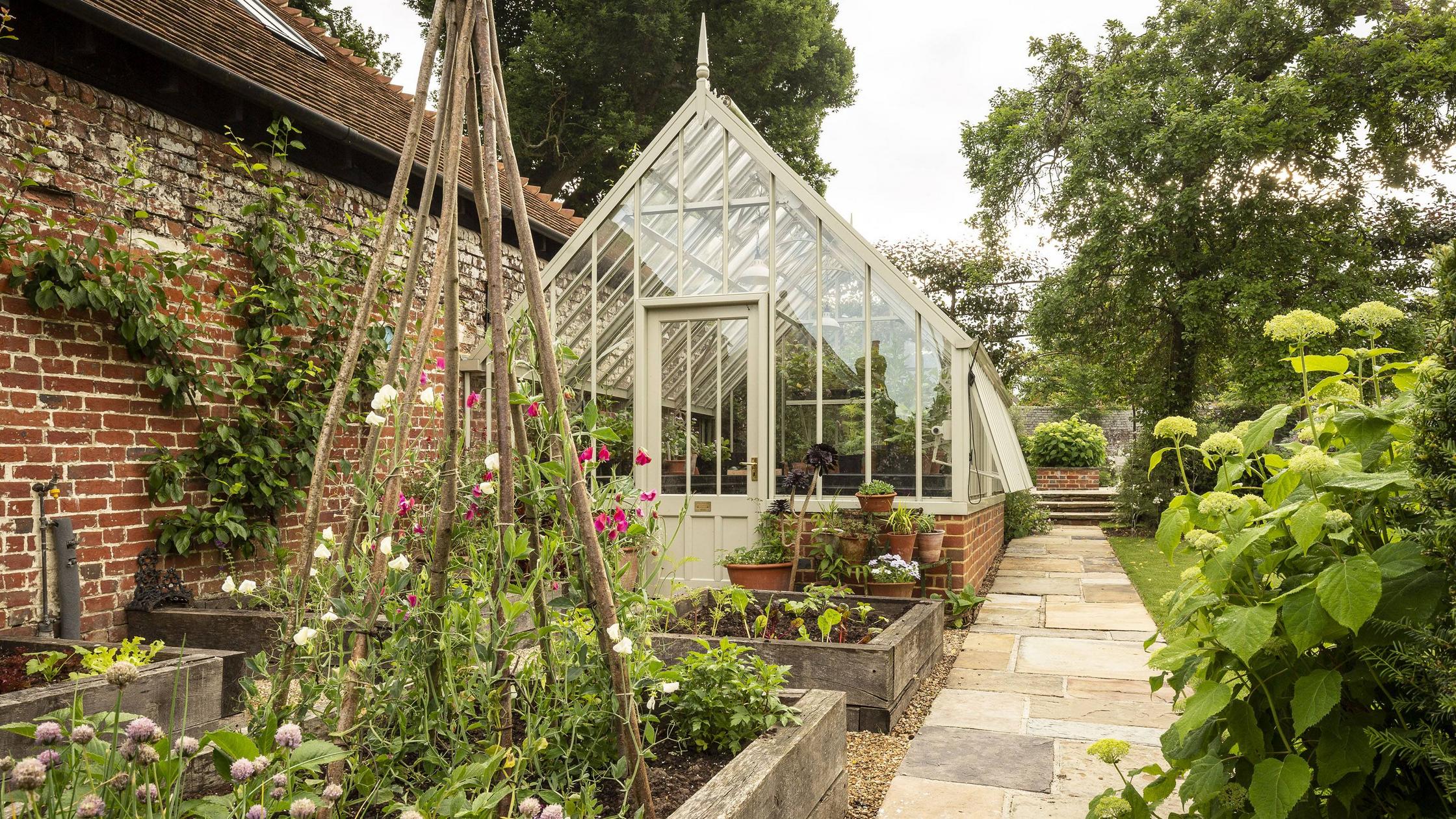Your cart is currently empty!

Greenhouse Growing Tips

If you’re a beginner or a seasoned greenhouse gardener, there are many tips and tricks to help you grow your best crops. These greenhouse growing tips will ensure your success and keep you excited about planting all year round!
One of the most important greenhouse growing tips is to position your greenhouse in a location that receives sunlight. Sunlight will maximize plant growth and improve overall yields.
Temperature
The temperature inside your greenhouse plays a huge role in the quality and quantity of your crop. The right temperature can help you maintain lush leaves and flowers, while also helping to deter pests and fungi.
It also controls a plant’s rate of development and thus, the timing of crop growth. Temperature also influences extension growth of plants and greenhouse energy consumption.
When determining what temperature is optimal for your greenhouse, it’s important to consider your climate and the species of plants you want to grow. Some plants, like heat-sensitive beets, will not thrive if your greenhouse gets too hot.
One way to ensure that your greenhouse stays at a consistent temperature is by using ventilation. Having fans running in your greenhouse can help to move the air around and keep it from stagnating, which can cause mildew and damping-off disease.
Light
One of the most important greenhouse growing tips is ensuring that your plants get enough light. This is essential for photosynthesis and other plant growth processes to work efficiently.
The intensity of the lighting needs to match the plant’s requirements. Generally, you want 20 to 40 watts per square foot of growing space, but some plants may require more or less depending on their specific needs.
This is important because if the lighting is too high or too low, it can negatively impact the health of your plants. In addition, you should turn off the lights at night so that your plants get about eight hours of darkness each night to promote health and growth.
Greenhouse grow lights come in many different varieties, including fluorescent (best for starters and greens), high-intensity discharge (HID) lights, and light-emitting diodes (LEDs). All of these are available in a variety of sizes to suit the size of your greenhouse.
Water
Water is a crucial component of any successful greenhouse. It’s essential for plant growth and nutrient uptake, and the quality of your greenhouse irrigation water can make or break your crop’s success.
Use an accurate meter for water measurements and maintain it regularly. Using a meter to determine watering needs is vital for effective irrigation planning and reducing waste.
Using water at the right temperature and ensuring it’s not over or underwatered is also important to keeping your plants healthy. You can use a simple drip system or a timer to regulate the amount of water used for your greenhouse crops.
Water quality is often overlooked in greenhouse growing tips, but it’s crucial for plant health. Knowing the quality of your water can help you improve nutrient uptake and reduce costs.
Air Circulation
Air circulation is essential for the growth of healthy plants. In addition to removing excess moisture, it also helps to maintain a proper CO2 concentration and to blend the air throughout the greenhouse.
Greenhouse ventilation can be achieved through natural (NV) or mechanical ventilation (MV). NV relies on the principle of cross-breeze that happens naturally when the air rises and escapes from roof vents.
Mechanical ventilation is accomplished with high-volume fans that exchange air. These are sized according to cooling and ventilation requirements, and provide consistent directions of air flow.
Horizontal air flow (HAF) fans are commonly hung from the trusses to blow air in a circular pattern around the greenhouse and above the grow benches. These fans are very energy efficient and help to break up the stagnant layer of air that would otherwise build up at the top of your crops.
by
Tags: